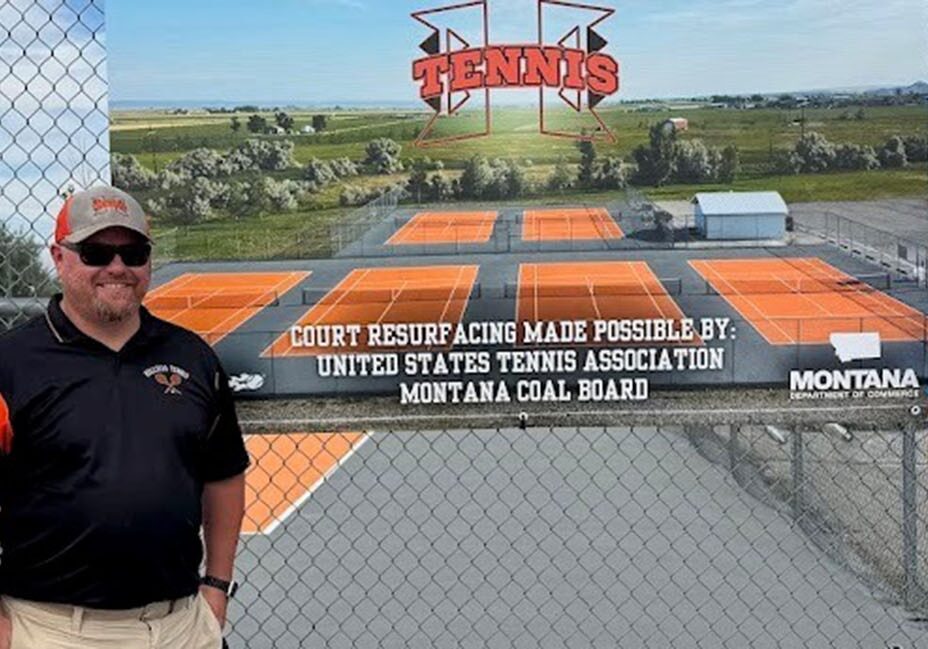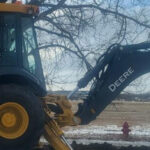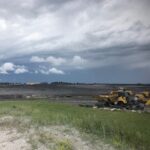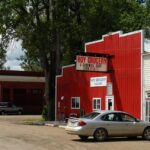Coal Communities Receive Record $1.8 Million in State Grants for Infrastructure Projects
Six Montana communities receive funding for infrastructure projects, bringing five-year total to $14 million
By Staff Writer
Oct 7, 2025
HELENA, MT — Montana’s coal-impacted communities received their largest single grant allocation of the year this week, with more than $1.8 million distributed to six communities for essential infrastructure and public safety projects.
The Montana Department of Commerce announced the funding through the Montana Coal Board, marking the third major grant distribution in 2025 and bringing the program’s five-year total to $14 million—up from the $12 million reported just three months ago.
“Commerce is proud to support the people who live in Montana’s coal country,” said Montana Department of Commerce Director Marta Bertoglio. “In the last five years, more than $14 million of Coal Board grant funding has been awarded to seven counties, eight school districts, seven cities or towns and one tribe.”
This latest round of funding addresses critical infrastructure needs across eastern Montana, from school heating systems to wastewater improvements. The largest individual awards went to communities investing in long-term infrastructure sustainability.
Major Infrastructure Investments
Pryor Public Schools and the City of Roundup each received $500,000—the largest grants in this cycle. Pryor’s funding will support a school building improvement project, while Roundup will upgrade its wastewater system.
Musselshell County and Treasure County each received $250,000 to purchase road graders, essential equipment for maintaining rural road networks that connect coal-impacted communities to regional economic centers.
Forsyth Public Schools received $247,096 for heating system upgrades and repairs, addressing critical infrastructure needs in a district that has now received Coal Board support twice this year. In April, the City of Forsyth secured $200,000 for water infrastructure improvements.
The City of Colstrip received $120,000 for a cemetery paving project. Colstrip previously received $30,000 in July for economic diversification planning, demonstrating how the Coal Board supports both immediate infrastructure needs and long-term community planning.
Sustained Community Support
The pattern of repeat funding reflects the Coal Board’s approach to sustained community development. Several communities have received multiple grants throughout 2025, allowing them to address various infrastructure challenges systematically.
Earlier this year, Western Montana News reported on $400,000 in grants awarded in April and $240,000 distributed in July, bringing the year’s total Coal Board funding to approximately $2.5 million.
The Coal Board also awarded $50,000 to Hardin Public Schools in June for tennis court improvements, a project that has already secured economic benefits for the community.
“Hardin Public Schools are extremely thankful to the Coal Board for their investment in our community,” said Tobin Novasio, superintendent of Hardin Public Schools. “The funding provided by the Coal Board was combined with another grant opportunity to completely resurface and update six tennis courts, which will be used by our students and the public.”
The tennis court project helped Hardin secure hosting rights for the MHSA Class A State Championship for the next two years, generating economic activity for the community.
Program Background
The Montana Coal Board was created by the Legislature in 1975 and awards grants to counties, communities, school districts, tribal governments, and other governmental units to help provide services needed “as a direct consequence of an increase or decrease in coal development, or in the consumption of coal by a coal-using energy complex.”
The program’s scope reflects Montana’s complex relationship with coal development, supporting communities through both growth periods and industry transitions. Coal Board Impact Grants have supported projects ranging from emergency services equipment to workforce housing, demonstrating the diverse challenges facing coal-impacted areas.
The steady increase in annual grant distributions—from $12 million over five years reported in July to $14 million announced this week—indicates growing demand for support as communities navigate ongoing changes in Montana’s energy landscape.
Categories: Government
Don’t miss the week’s top Montana stories
Join readers across Montana who rely on WMN for independent reporting.
Unsubscribe anytime. Want to support WMN? Upgrade for $4/month →





